
A Great Day in Harlem — and the Echo That Followed.
A Great Day in Harlem — and the Echo That Followed
On August 12, 1958, the streets of Harlem witnessed something extraordinary. At 17 East 126th Street, between Fifth and Madison Avenue, a crowd gathered — not for protest or parade, but for a photograph. Fifty-seven of the greatest jazz musicians of the era stood shoulder to shoulder, summoned by photographer Art Kane for a feature in Esquire magazine.
The image, later published in the January 1959 issue under the title “The Golden Age of Jazz,” became known as A Great Day in Harlem. It captured legends like Count Basie, Dizzy Gillespie, Thelonious Monk, and Sonny Rollins — not on stage, but on a stoop, laughing, chatting, and simply being. It was jazz stripped of spotlight, framed in community.
But the echo of that day didn’t fade.
In 1994, filmmaker Jean Bach released a documentary of the same name, weaving interviews, archival footage, and music into a tribute not just to the photo, but to the spirit behind it. The film revealed the camaraderie, the stories, and the cultural weight of that moment — a snapshot of Black excellence, artistic brilliance, and Harlem’s heartbeat.
The photograph has since become a symbol — of unity, of legacy, and of the power of art to bring people together. It hangs in museums, jazz clubs, and classrooms. It’s studied, celebrated, and reimagined. And every time someone looks at it, they hear the echo: the laughter, the horns, the rhythm of a community that shaped American music.
A Great Day in Harlem wasn’t just a photo. It was a love letter to jazz — and the echo still plays.
News in the same category


A Limping Giant’s Second Chance: The Young Elephant Who Refused to Fall.

The Little Girl and the Crows.
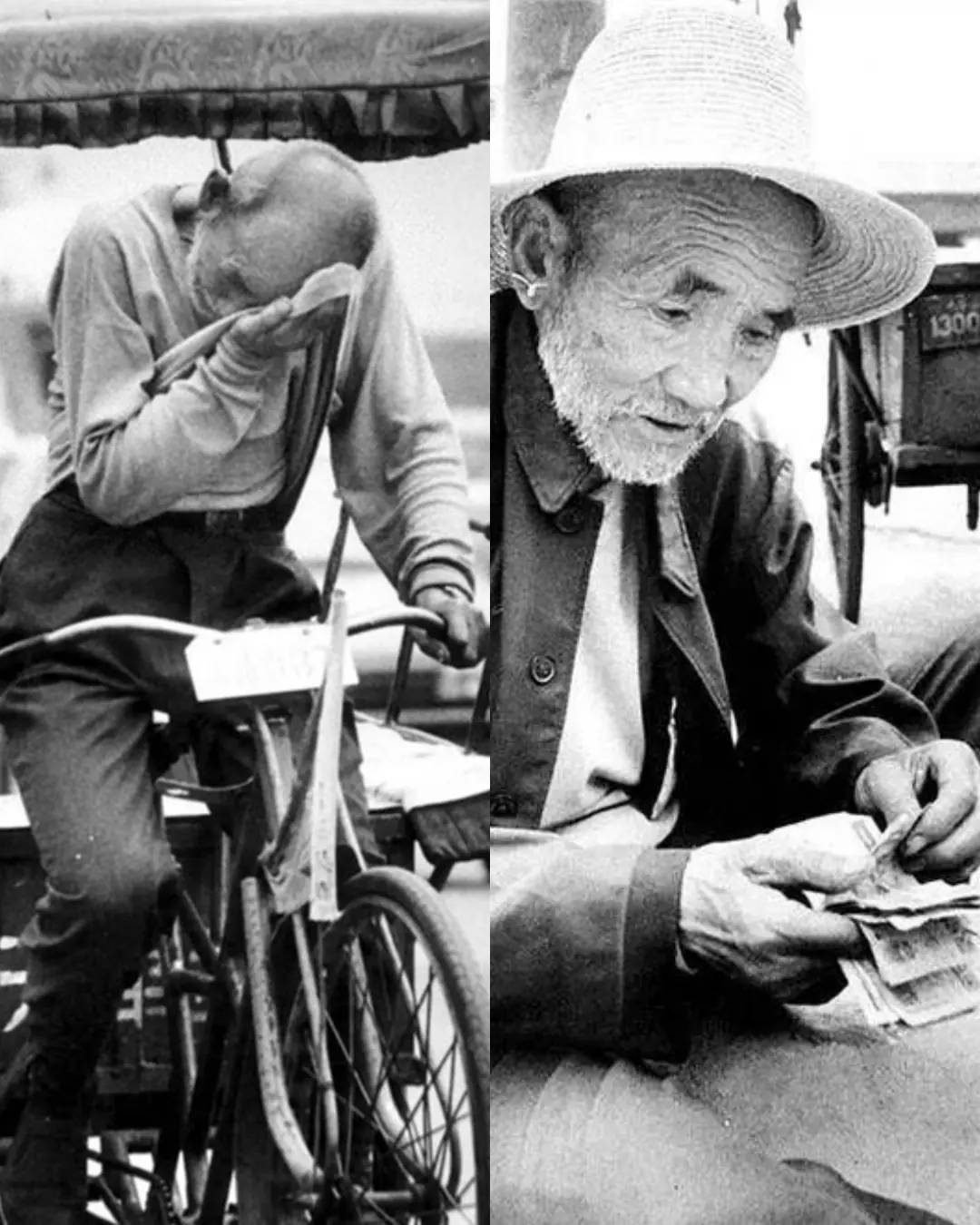
The Rickshaw Driver Who Sent 300 Children to School.
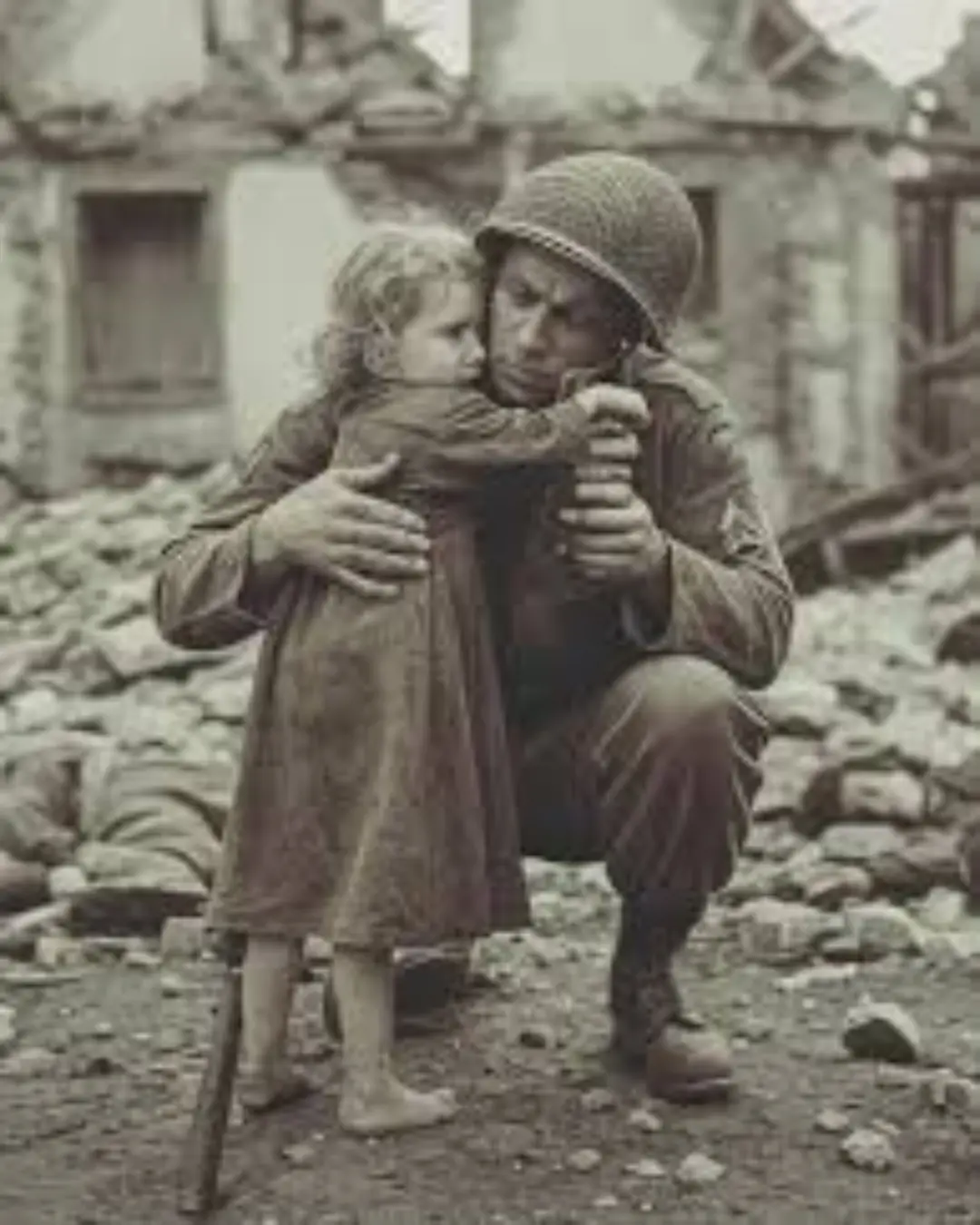
The Girl Who Hugged the Enemy – Normandy, 1944.

The Lioness Who Couldn’t and the Dog Who Did: A Story of Unexpected Motherhood

Maverick’s Return to Joy: From Hospital Halls to Home on the Horizon
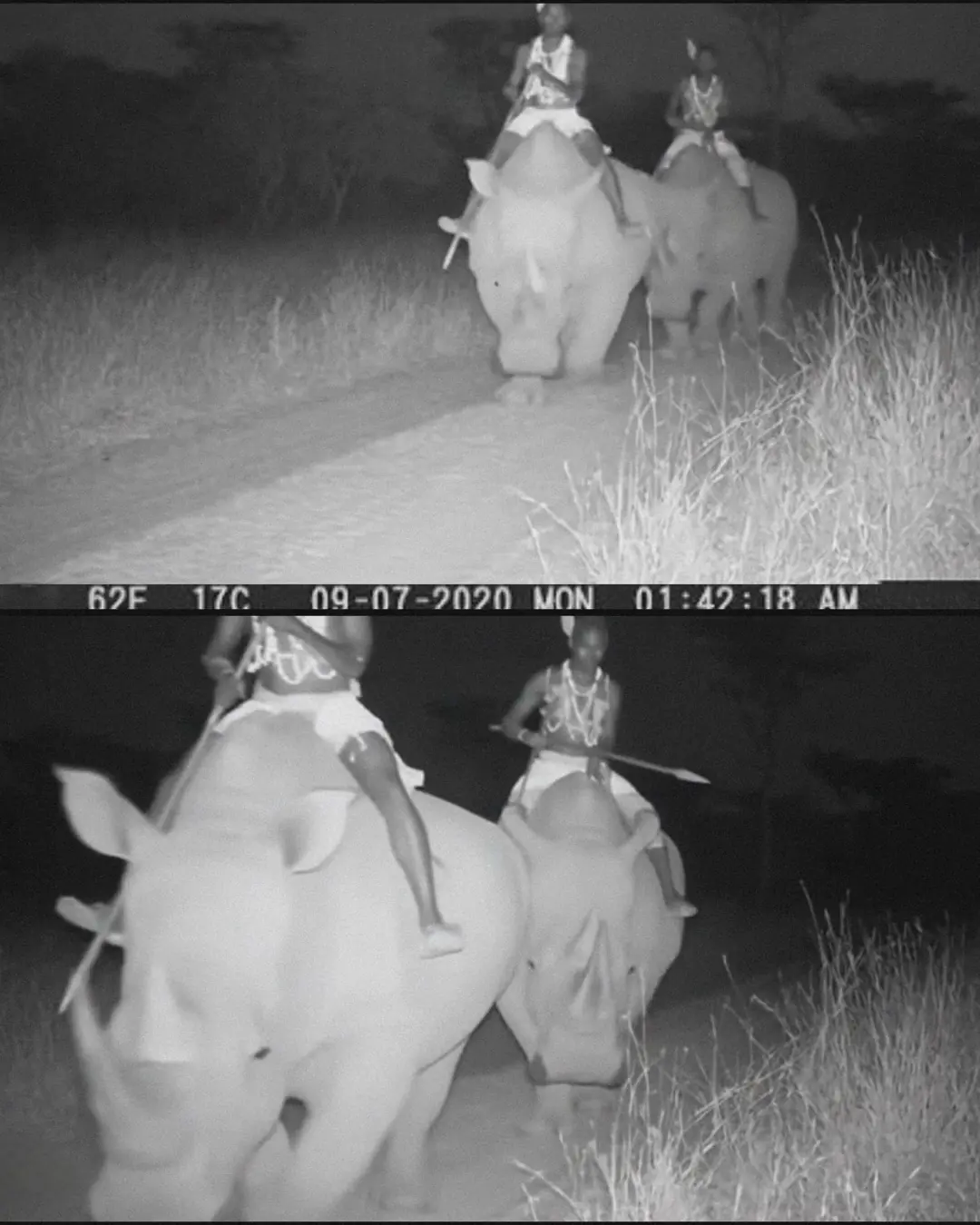
The Riders of the Rhino: A Living Legend Emerges from the Wild

The Day the Sea Played a Joke: Fisherman, Cat, and the Pelican That Didn’t Think Twice
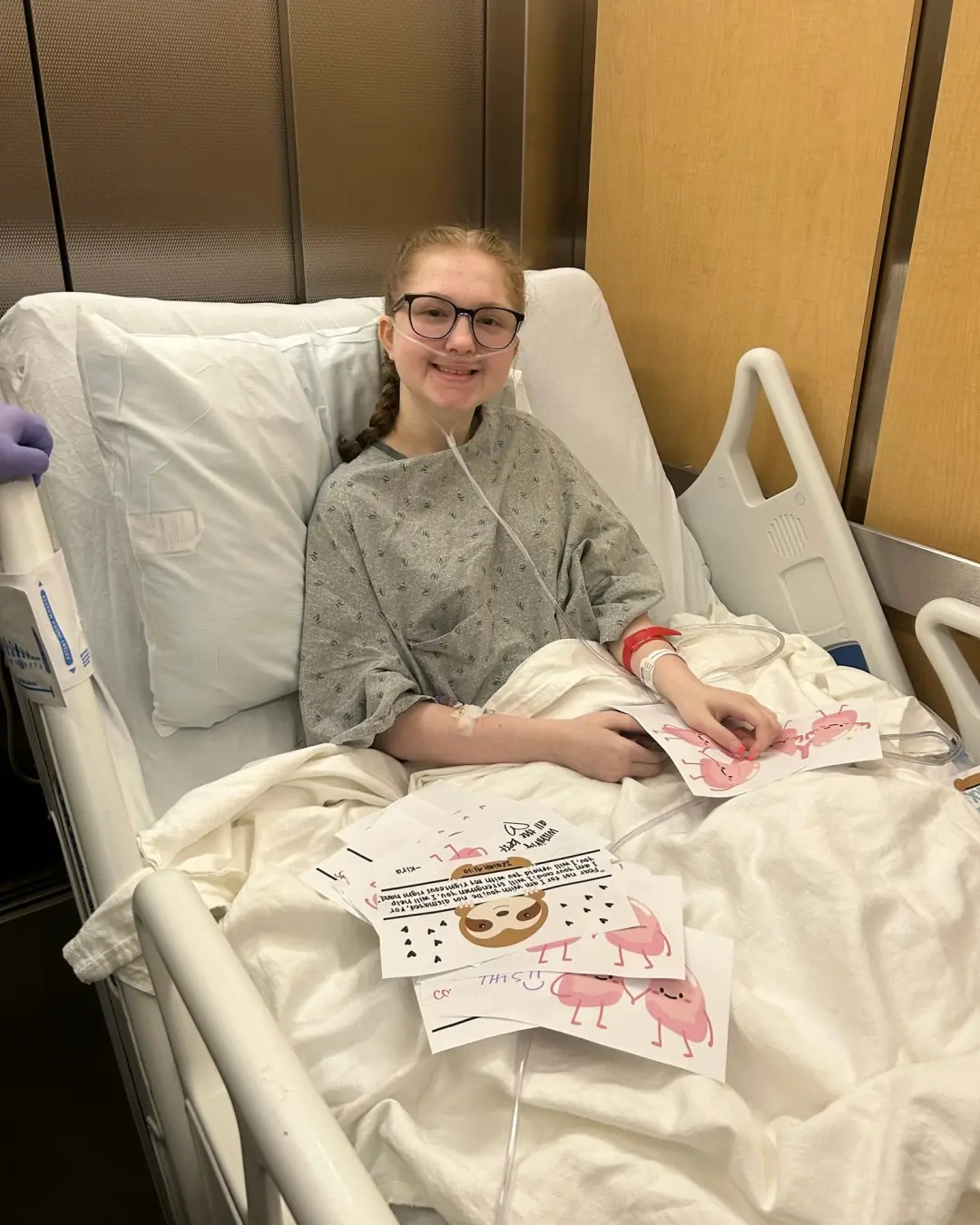
Grace’s Story: A Life Measured in Courage, Resilience, and Dance

The Man and the Dolphin: A Story of Compassion That Touched the World

Mavy’s Countdown to Freedom: A Chair, a Smile, and the End of a Long Hospital Stay

The Boys Who Made Hope Sit Down for Dinner.

Toto: The Orphan Who Walked Back Into the Wild.
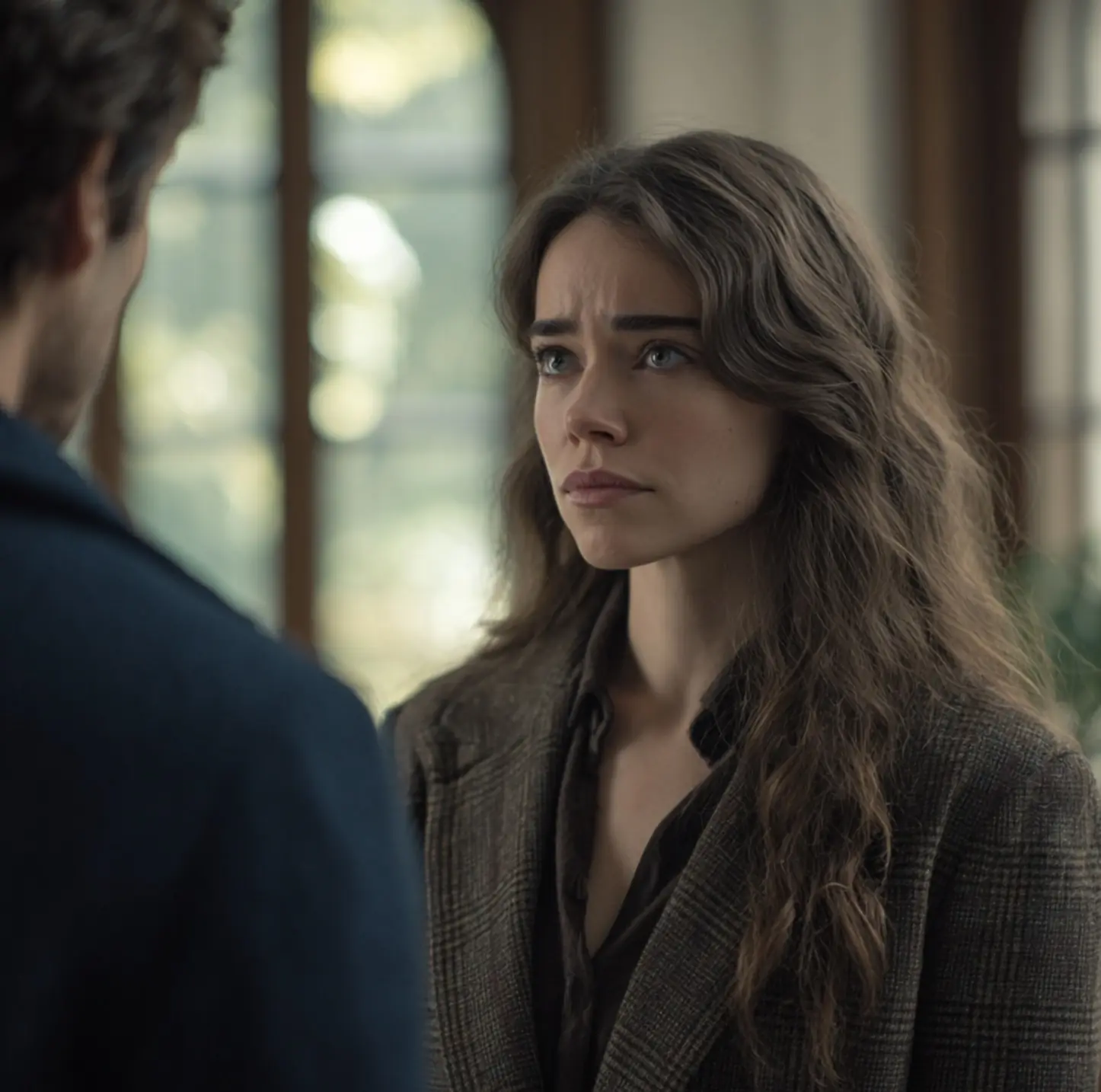
“Hold it right there, my dear! And who told you I’m buying this car for the whole family? This is my car, and no one else’s! And your mother’s not even setting foot in it!”
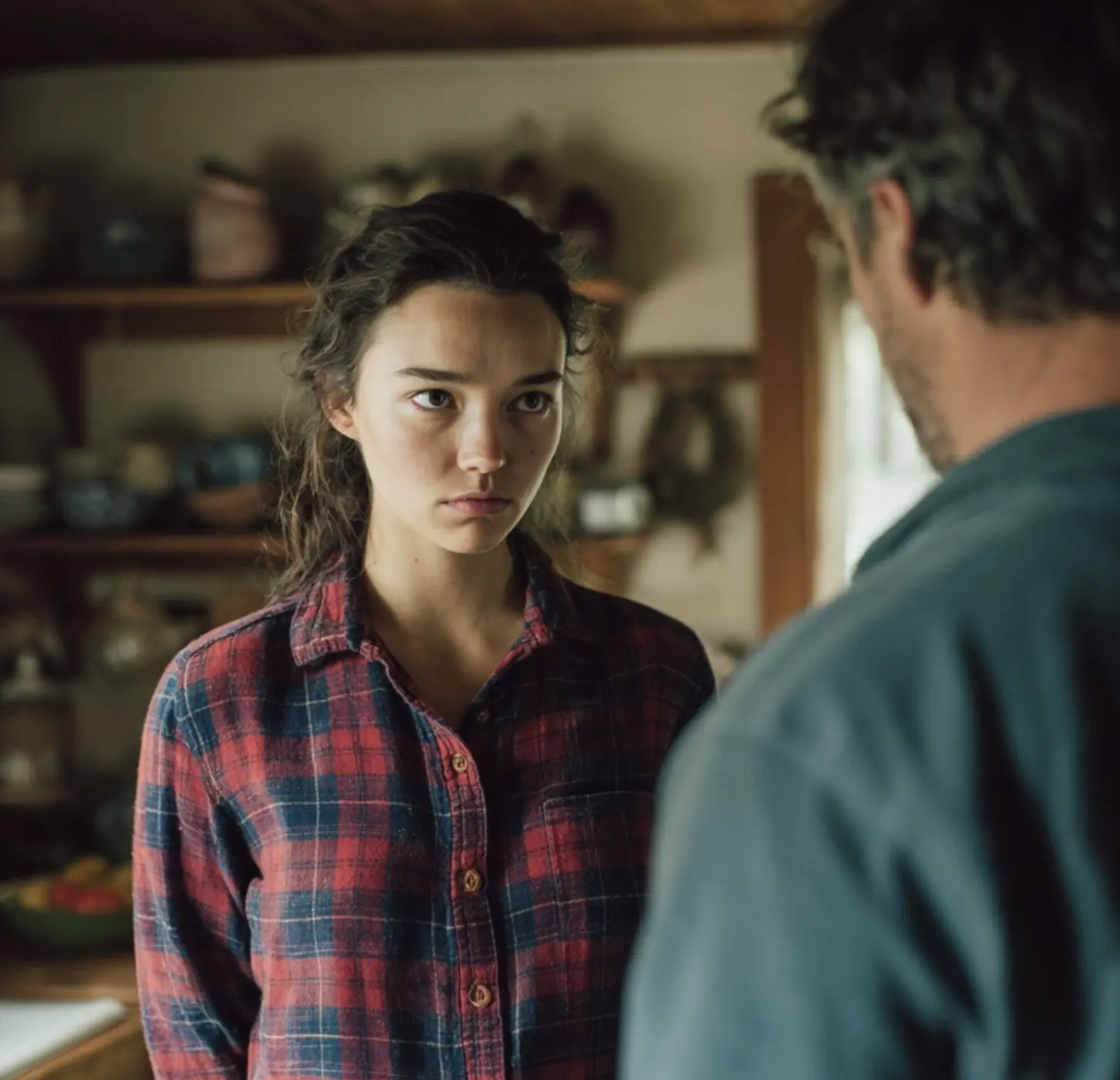
— But it’s not me who needs to travel to the ends of the earth—it’s your mother! Why should I be the one to take her to her friend’s place? There are buses and trains!
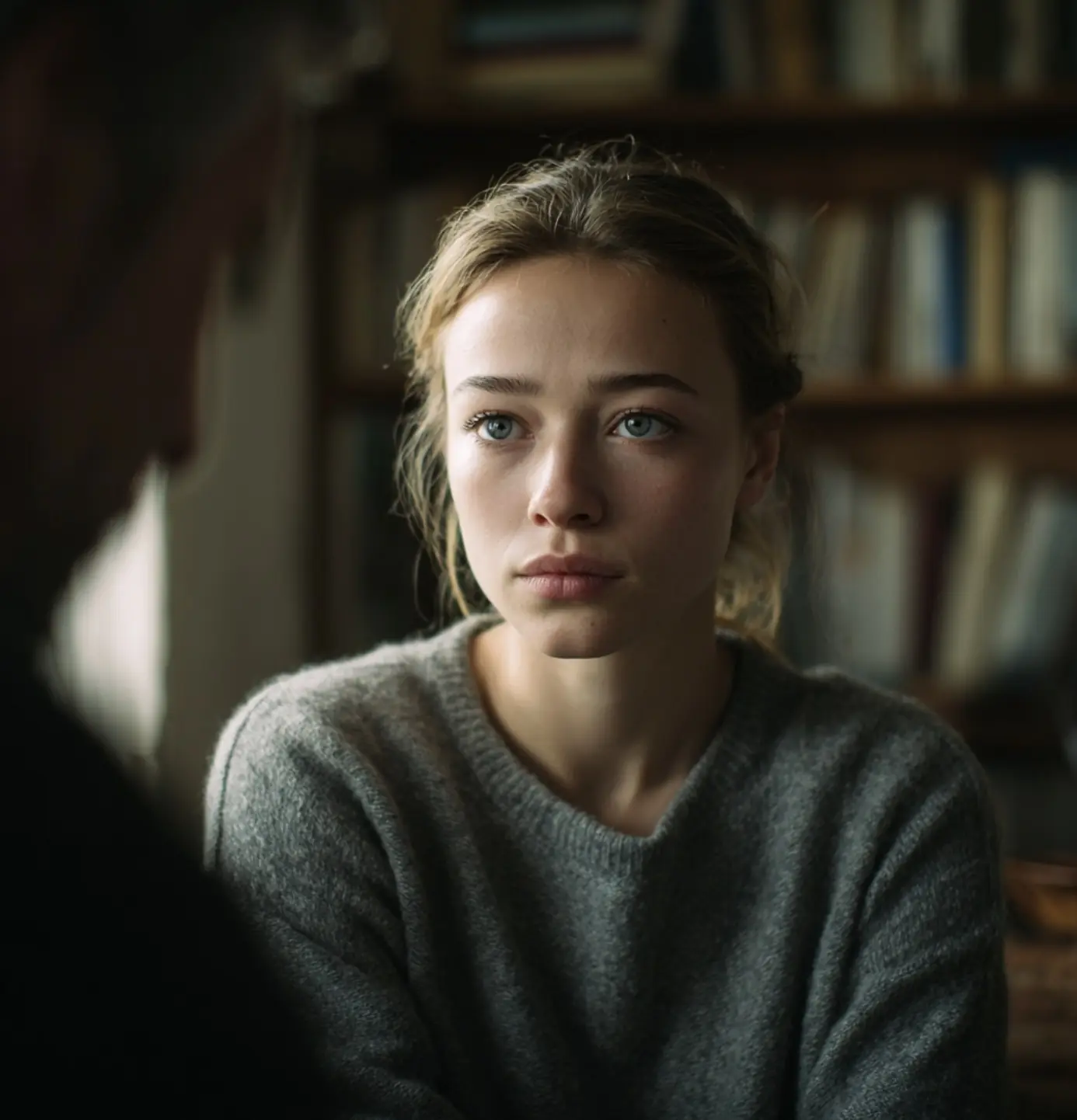
— Stop! I don’t get it! And why exactly am I supposed to organize your mother’s jubilee — and for free?
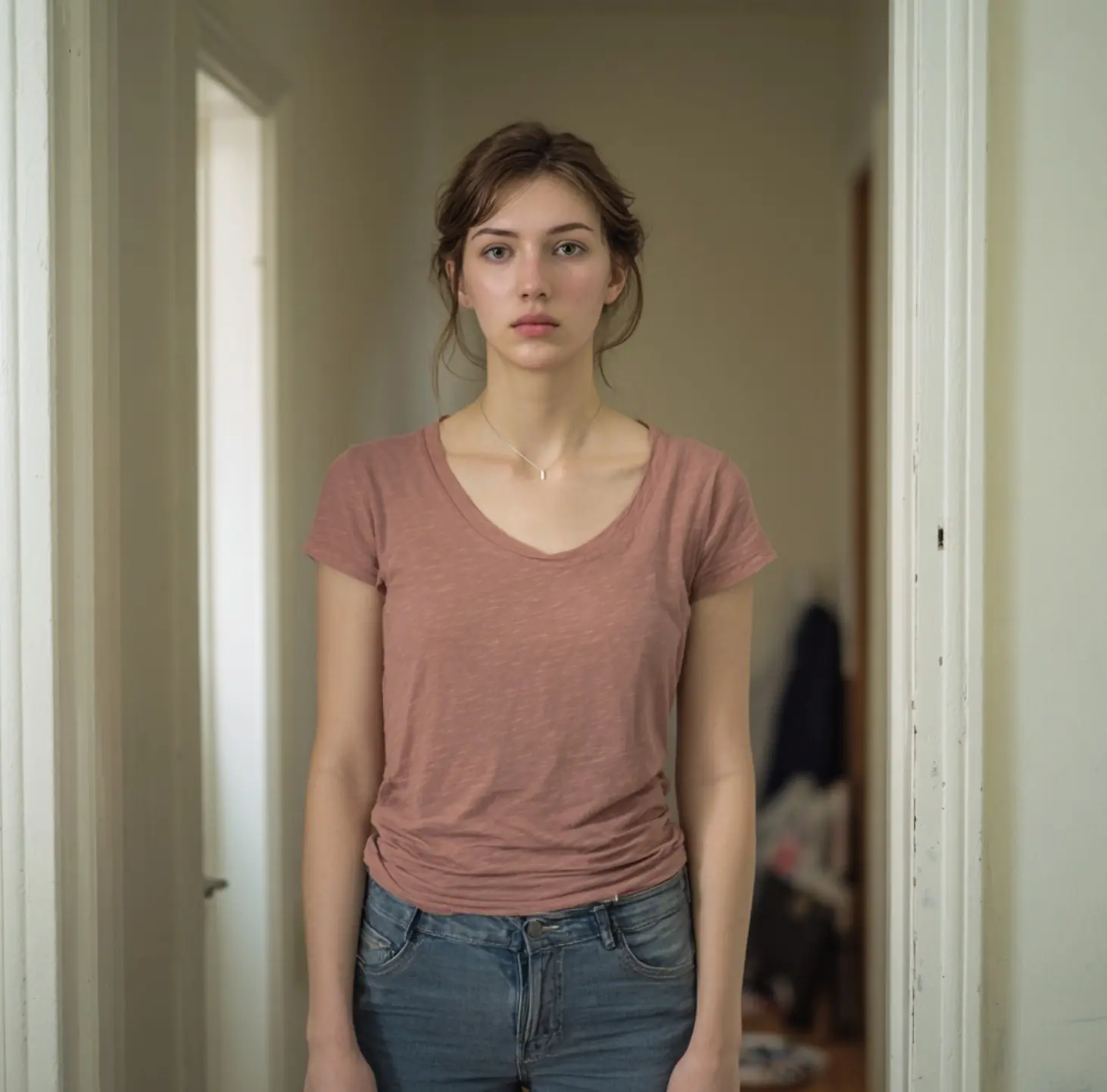
“On what grounds are you throwing me out of my own house?” Maria demanded defiantly.

The wife was taken aback—she got a three-thousand-ruble ring, while her husband’s mistress got a trip to Paris.
News Post

What Happens If You Eat 4 Whole Eggs a Day for 30 Days?

The Most Powerful Anti-Cancer Food You’ve Probably Never Tried

How to Use Frozen Lemon to Help Combat Malignant Tumors in the Body

When a Liger Met the Dolphins.

A Limping Giant’s Second Chance: The Young Elephant Who Refused to Fall.

Vitamin K2: The Underrated Nutrient That Protects Your Heart and Arteries

The Little Girl and the Crows.

The Rickshaw Driver Who Sent 300 Children to School.

The Girl Who Hugged the Enemy – Normandy, 1944.

The Lioness Who Couldn’t and the Dog Who Did: A Story of Unexpected Motherhood

Maverick’s Return to Joy: From Hospital Halls to Home on the Horizon

The Riders of the Rhino: A Living Legend Emerges from the Wild

The Day the Sea Played a Joke: Fisherman, Cat, and the Pelican That Didn’t Think Twice

Grace’s Story: A Life Measured in Courage, Resilience, and Dance

Free-to-play Futurama: Hit & Run game could be the sequel fans have waited 22 years for

Trump and Zelensky have savage response to calls to build 70-mile tunnel linking Alaska to Russia

The Man and the Dolphin: A Story of Compassion That Touched the World

Mavy’s Countdown to Freedom: A Chair, a Smile, and the End of a Long Hospital Stay
